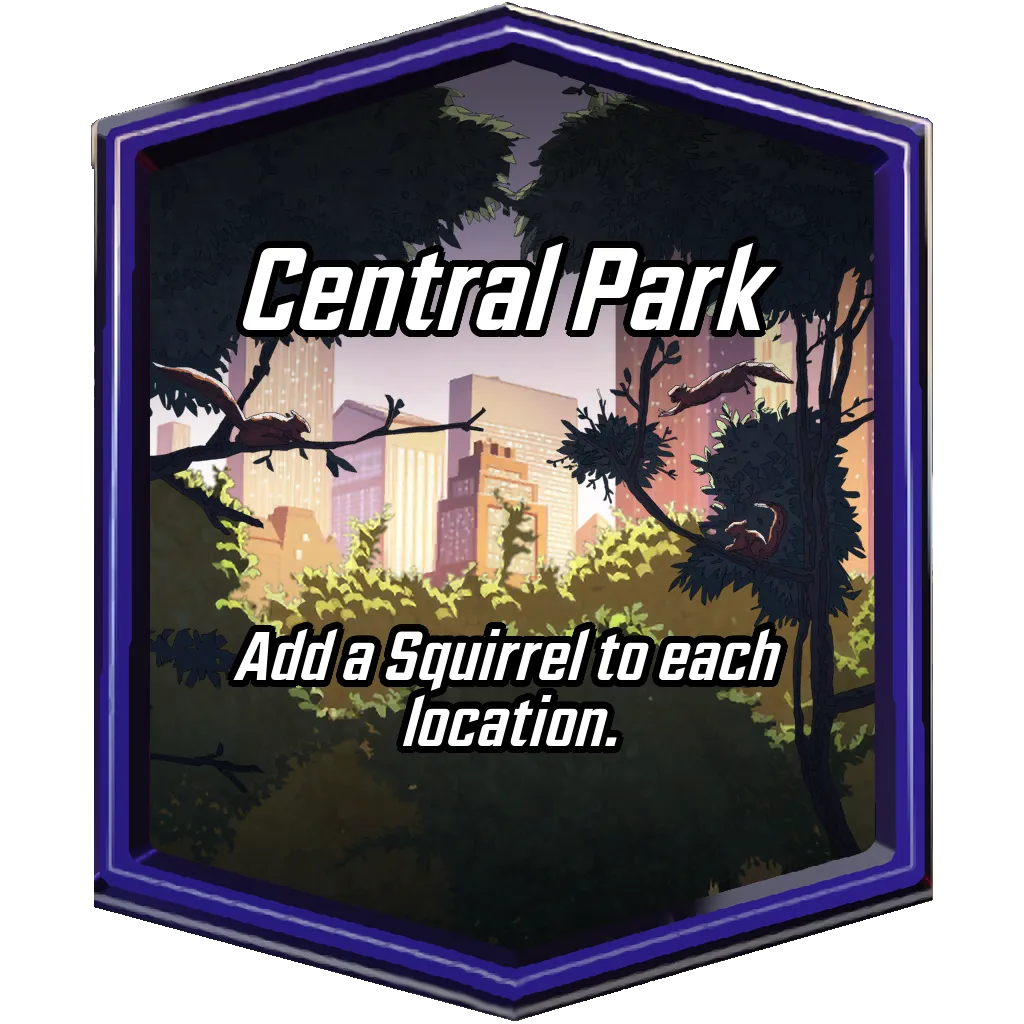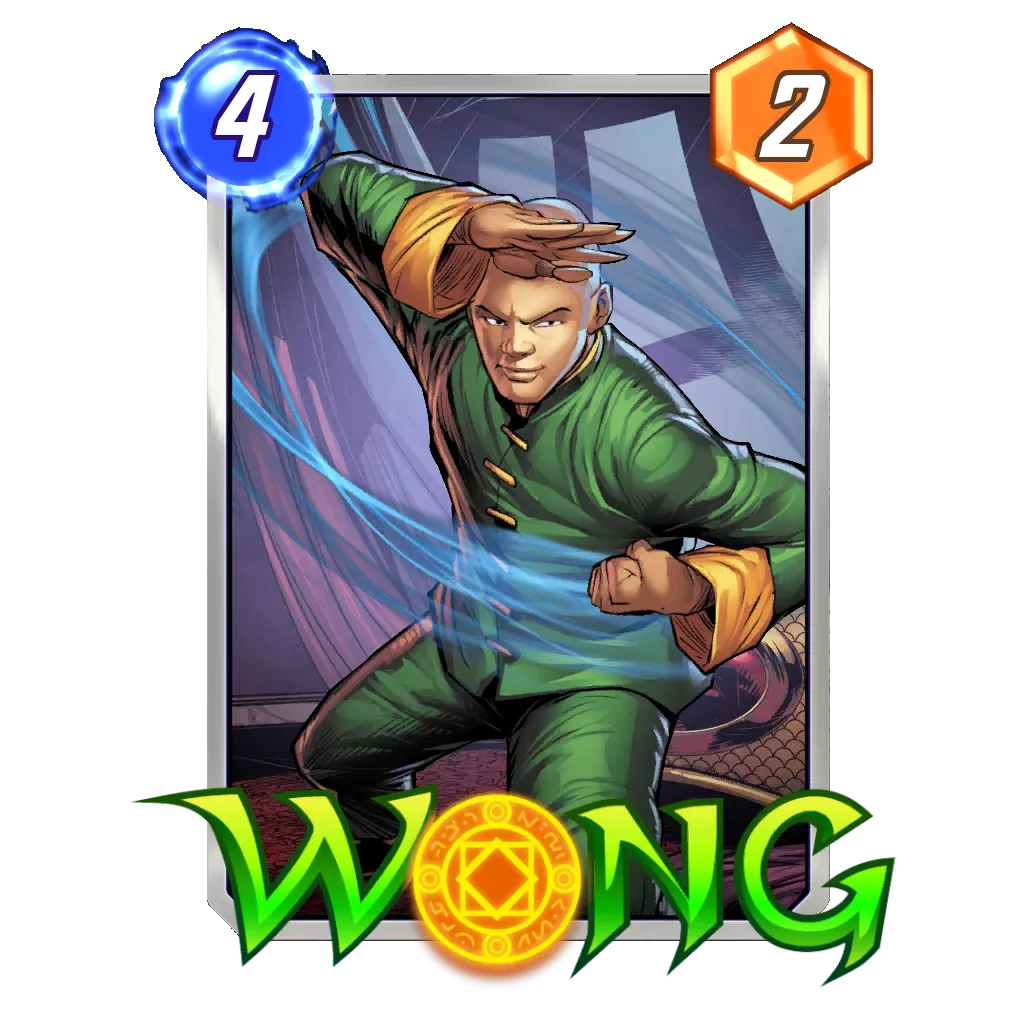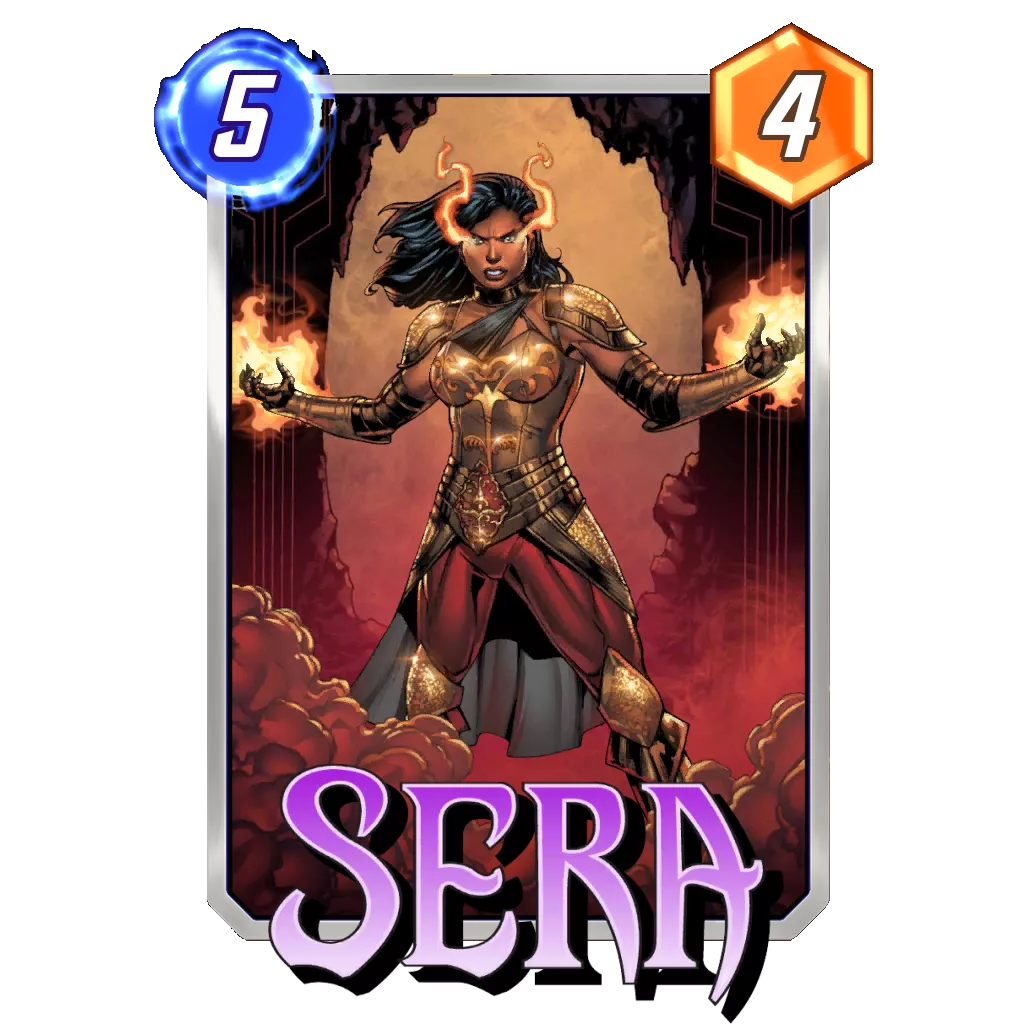Table of Contents
Just like every other card game, Marvel Snap introduced novel random elements such as Locations that make sure any player is able to beat any other player, as has become the norm in today. Through the Snap mechanic, the better players will be able to control how much impact those random elements have on their ranked ladder climb.
With the global release, Marvel Snap has attracted a lot of attention, and especially around the players that reach the covered Infinite rank. Daily, we can see decks being shared and discussed, and everyone is looking to find the perfect deck to rack up Cubes. How does the grind really work on Marvel Snap? What are the key points that one should focus on in order to reach the highest rank in the game?
In this article, I’d like to tackle how Marvel Snap is built differently than other card games, and pushes different skills and metric in order to advance our rank. For example, building your deck to play on curve and look for a 55 or 60% win rate like you would on Hearthstone or Magic: The Gathering might not get you to that many cubes.
Also, you might think that because you are just at the very beginning of your journey, you basically have no chance of climbing very high. At some point, you will be matched with players with more cards and better decks, which will gatekeep you from climbing.
Thankfully, that’s entirely wrong, as the matchmaking in Marvel Snap is also built differently from other card games, and your rank isn’t the sole determinant to how your opponents are picked. This is part of the many misconceptions that could be plaguing some players on their attempt to reach the Infinite rank. In our latest podcast episode we also dive into the same topic, so please give it a listen:
Average Cube rate is more important than win rate

The first big difference between Marvel Snap and other card games is that not every win or loss is equal – you see, to get to the next rank, you need to earn 10 Cubes, but the trick is that you don’t know how many Cubes the next game will be worth.
Every time you win a game, you can get:
- 1 Cube, if your opponent retreated before anyone snapped and a turn passed.
- 2 Cubes, if the game ends with no one snapping, or a retreat after a Snap and a turn passed.
- 4 Cubes, if a player snapped and the game went the distance, or if both players Snapped, a turn passed and then your opponent retreated.
- 8 Cubes, if both players snapped and the game went the distance.
As a result, some wins are worth 8 times more than others, and represent a huge boost in your ranking.
Because of this different take on how to rank up, looking at your win rate isn’t as important as it is for other games. Sure, it will tell you if your deck is doing well or not, but isn’t telling you whether you have been climbing or not.
For example, if you play 10 games, win 8 and lose 2, but your wins were worth 1 Cube and losses worth 4 Cubes – you have not earned a single Cube during those 10 games.
You can still gather important information from this, like you probably should Snap more often, or earlier in a game, to make your wins worth more cubes. You could also deduce that because you are winning a lot, you have a tendency to stay in lost games and accept your opponent Snaps, which cost you those 8 Cubes instead of maybe 2 if you retreated.
Win rate isn’t something you should just throw away, but in this example, the important thing to look at is: We got 0 Cubes out of the last 10 games. And we need to fix this in order to climb the ladder!
Do these situations feel familiar? Here are a few questions to ask yourself in order to help reflect on our issues:
- Am I paying enough attention to Snaps in a game? Do I use it, and do I notice when my opponent uses it?
- Am I only Snapping when I know the game is a sure-fire win? This one is usually the biggest problem. Indeed, if you can tell from the board that the game is won, your opponent can probably do the same. As a result, your Snap will either result in them retreating or them Snapping back if they have something to surprise you with.
- Am I missing obvious Snaps early in the game? Like a great hand that would be worth Snapping for on turn 1 or 2, or a tech card that I know will win me the match down the line. Some locations also put you in a great position and are worth snapping upon reveal.
Curving out isn’t that important
In most games, using up your energy (or mana) means you have been developing your gameplan to the full extent of what was possible, or matched your opponent’s game development to the best of your ability. In Marvel Snap, you don’t have any life points to protect, meaning letting the opponent get ahead is only bad if you can’t get it back before the end of the game.
The limitation replacing the usual health in other games is the available spots on each location. You only have four spots per location, twelve in total, and then you won’t be able to play cards.
With that in mind, it is crucial not to fill all the locations before turn 6, otherwise we can’t play cards and the opponent will know exactly what they have to beat to win the game. This aspect of Marvel Snap makes trying to spend all our energy only worth it if it doesn’t give our opponent too much information.
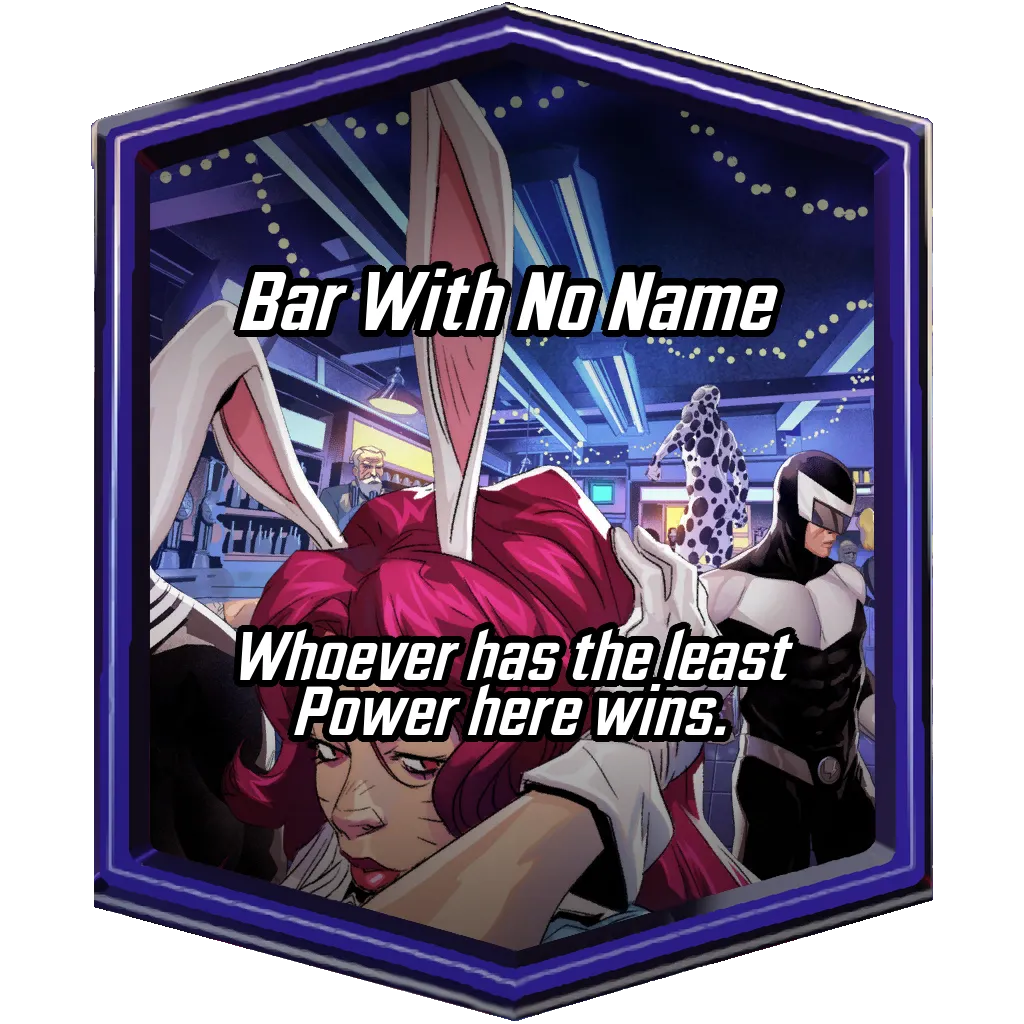
In addition to this, you have to keep in mind that some locations in the game will impact your available spots on the board. Locations like Central Park or Bar With No Name will largely reduce your 12 total spots to 8 or 9. This makes it even harder to get to turn 6 with still a few tricks up your sleeve if you aggressively spent your energy up until this point.
Now, being aggressive isn’t all bad, for example, you could build a deck that aims at Snapping early on, around turn three for example. It wouldn’t net you a ton of Cubes, but you should have a great win rate and able to play games very quickly. This is how the Kazoo deck operates most of the time.
However, even in such a deck, you might be pressed to keep your 1-Cost cards to buff Angela or Bishop once they are in play. Compared to Hearthstone for example, where you don’t know exactly how long the game will last, you may be losing the mana you decide not to spend in a turn. Marvel Snap in contrast, should be approached differently. You know you will have 21 energy over 6 turns and 12 spots on the board almost every game, baring random effects or card you put in your deck, such as Magik.
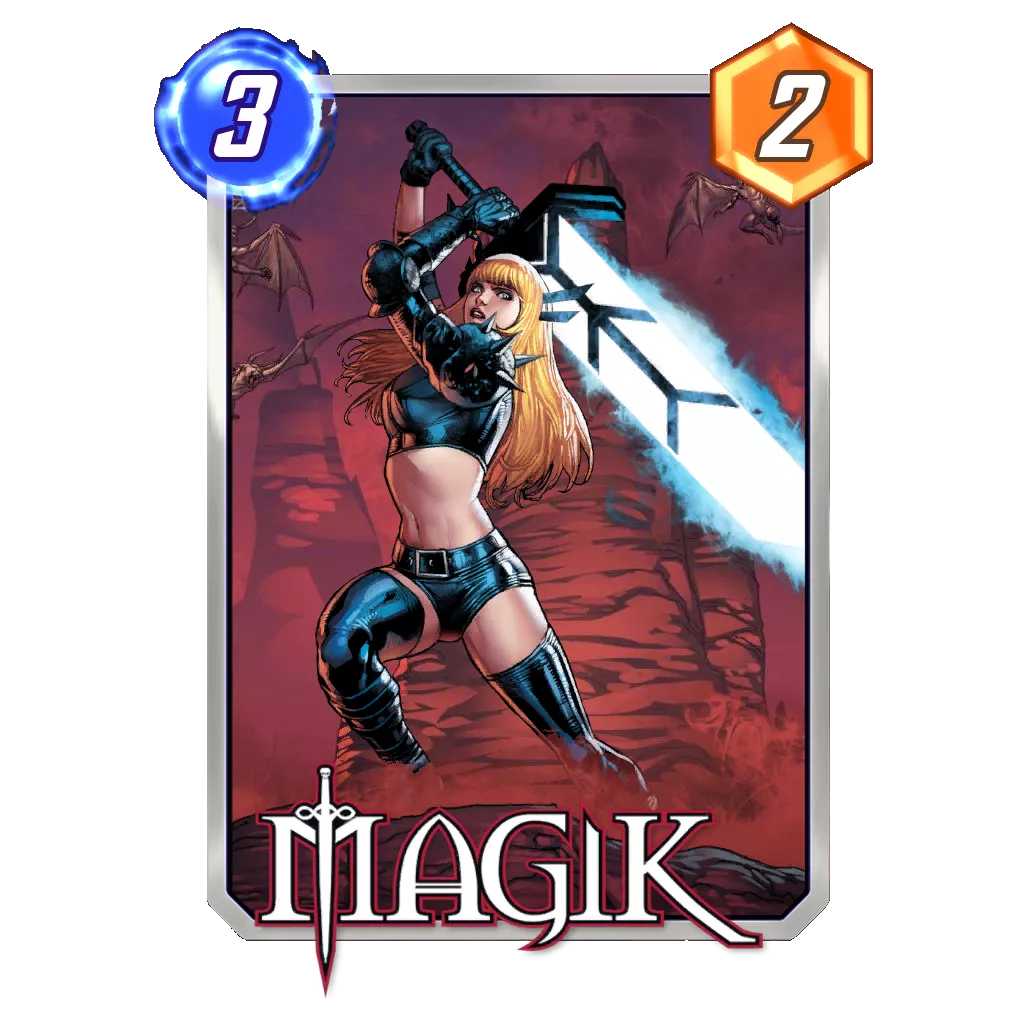














With that in mind, you can plan ahead of time what you will try to accomplish with those resources, and how to spread them as well as possible. And if you anticipate a turn where you might have left over energy, you could be holding on to cards so you reveal as little information as possible to your opponent.
Pick a side: Snap and Retreat, or Stability
As we discussed in the section above regarding Cube gain average against win rate, we don’t necessarily want a deck that wins a lot, but doesn’t bring a lot of Cubes home. Which means, we need to always think in the sense of how to collect Cubes, and there seems to be two schools of thoughts in that regard:
- Maximize Cubes per game: Pick a deck with a big highroll and Snap whenever your hand indicates you should get it. Retreat whenever your opponent Snaps, and it doesn’t look like you have a fighting chance.
- Maximize your early game and deck’s stability: Go for a high win rate deck and Snap early in most games. You will often only get 1 Cube, but your game length average should be very low. Also, if your opponents retreat later on, which they tend to do when you Snapped later on, they will now give you two Cubes.
The first train of thoughts is the more Marvel Snap like, in the sense that the game tends to reward a highroll gameplay, based on Snapping when it goes right, and retreating when it doesn’t. If you are at the start of your journey, you probably never seen cards like Wong or Sera for example, but those are cards that enable decks to do pretty wild things (and are part of top tier decks currently).
The second approach is closer to other cards games that tend to work well early in your journey, especially if you are used to the more “classic” concepts of digital card games on the market. You should also be playing less flexible decks, which are easier to figure out and therefore leading to more retreats from opponents early on.
In theory, I would say a player should naturally start with the second approach. But slowly transition to the first one as they progress in their progression, learning how Marvel Snap works specifically and collecting more cards.
A matchmaking fair to everyone
Disclaimer: The information shared here is pieced together from snippets of information from developers on Discord and players who played the game a lot. There is no official confirmation of Marvel Snap’s exact matchmaking algorithm.
Lastly, we need to talk a bit about how Marvel Snap picks your opponent. The general information that is known publicly is that the game will look for someone close to your Collection Level Score, to match you with someone with much more cards than you have. As an example that is commonly shared:
| Band | Collection Level |
|---|---|
| 1 | Pool 1 |
| 2 | Early to Mid-Pool 2 |
| 3 | Late Pool 2 to Early Pool 3 |
| 4 | Mid-Pool 3 and beyond |
For a more detailed breakdown on what the Pools mean according to your Collection Level, check out our Progression Guide:
Because everyone collects cards differently within a pool, being matched with someone of your same level doesn’t mean they won’t have cards you haven’t collected yet. Overall, the progress of your opponent on the game should be close to yours, but their overall rank might also be significantly different.
Now, what happens if no opponent close to your collection level is available to play against you? Your Matchmaking Rating (MMR) takes over:
- If you have a bad MMR, the game will be more incline to pair you with a Bot, as it is considered “easier” than facing a player.
- If you have a good MMR, the game will look to pair you with players with a higher collection level than yours, as your MMR will be close to theirs.
With this system, Marvel Snap ensures that the most frustrating part of the game, collecting the card, does not affect your rank progression too much. Already, we have seen many newcomers reach the Infinite rank with budget builds in Pool 1.
In turn, this has perpetuated a myth in the community that as soon as you step into Pool 2, suddenly your games will become a lot harder. However, if we deem what we know about the matchmaking system is correct, then you will still be paired with an opponent with a similar collection level like yourself and with a similar MMR.
Closing Words
As of right now, Marvel Snap is extremely permissive when it comes to climbing the ladder. Obviously, as more players are joining the game, we can see the average level rising and making it more difficult to climb steadily.
Nevertheless, understanding what Marvel Snap pushes in terms of game mechanics will skyrocket your ability to rack up cubes and gain some ranks. And apparently, I’m not the only thinking it is critical to your success on Marvel Snap, as Jeff Hoogland also posted a video on the same topic.
Have any questions regarding your climb or your article? Join our community Discord to ask your question there. Or find me directly on Twitter.
Good Game Everyone.

⭐ Premium
Enjoy our content? You can Support Marvel Snap Zone and your favorite content creators by subscribing to our Premium community! Get the most of your Marvel Snap experience with the following perks for paid membership:
- No ads: Browse the entire website ad-free, both display and video.
- Exclusive Content: Get instant access to all our Premium articles!
- Meta Reports: Exclusive daily meta reports, such as the Ultimate Card Metrics Report, Top 10 Decks of the Day, Top 30 Cards, and Top Card Pairs tailored for you!
- Team Coaching: Join our free weekly team coaching call sessions on the Discord server. Claim your Premium role and gain access to exclusive channels where you can learn and discuss in real time!
- Premium Dashboard: Get full instant access to the member-only dashboard, the all-in-one page for all your benefits.
- Support: All your contributions get directly reinvested into the website to increase your viewing experience! You get also get a Premium badge and border on your profile.
- Special offer: For a limited time, use coupon code SBYREX4RL1 to get 50% off the Annual plan!
























